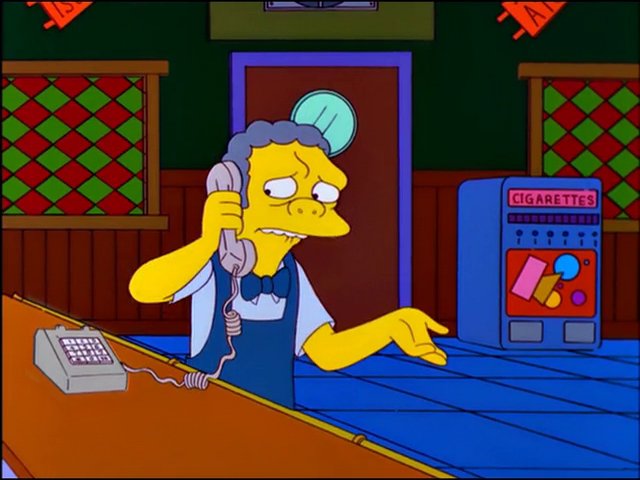

Who invented memes? Who invented memes? Once upon a time, memes were an obscure form of early internet humor, finding early homes in various forums and sites like 4chan. This adds up, given the way memes today are re-imagined and reformatted. In this first iteration, the idea was that ideas and thoughts were as self-replicating and adapting as the genes found within all forms as DNA. What can become a meme? What can become a meme? Richard Dawkins first created the term “meme” in 1976, in his book, The Selfish Gene. Memes can be image, video, or text based, and can be reproduced, republished, or reinterpreted by others, leading to an entirely different message. The generally understood definition of a meme today is anything that’s a joke on the internet, usually wrapped in a layer of sarcasm or irony. How can a meme be made? How can a meme be made? The real question is, what can’t become a meme? According to an analysis by Smithsonian Magazine, memes can be anything as monumental as a belief in God to catch phrases or idioms to a type of music or song. What are memes? What are memes? Usually, people on the internet can take something as random as the children’s show Arthur and turn clips and images from it into memes, or mock the entire concept of people having and using Airpods. Now, we find memes all over social media almost every minute.

Memes Memes Back then, memes were just weird pictures that you would find online made to entertain you and others. It became so popular that anything nowadays can become a meme-even people, and if you’re really lucky, becoming a meme can turn you into a celebrity. Whether they’re being shared by your favorite celebrities, your friends, or your family, memes have been a very popular thing throughout the 21st century. Meme Presentation Memes have emerged as one of the main methods of communications in the real world and on the internet. Cameron (Ed.), Disability studies: A student's guide (pp. (2014) Dis/ability Studies: Theorising Disablism and Ableism.

Social Model of Disability Denying access and engagement for those with physical ailments to all areas of society Power and privilege of the able-bodies individuals Failure to adequately address the issues Demonstrates the inequalities in our society through ongoing battle for access and against stigma Critical theory Ableism Ableism Ongoing discrimination of those who are labeled as disabled Perpetuated by the cultural norms The norm to meet the accessibility requirements Meeting the capitalistic requirement Businesses need put aside their abliest views and forgo capitalistic requirements Access Business is fundamentally impairing those with physical disability through only achieving partial access Results are disempowering Meeting minimums of legislation Must consolidate the partial victories before they cause more harm Access/Social model Stigma Negative set of beliefs about an individuals characteristics Resulting in being marginalized and devalued Constantly objectified as a one-dimensional problem Both physical and institutional barriers Need to instead promote individuality and independence Stigma Re-Design Re-Design The redesign continues to acknowledge and meet the requirements for accommodation Prompts individuality and independence without physical, institutional barriers Helps deconstruct the abliest view and stigma around physical disability References Cameron, C. Transcript: Accessibility Meme Re-Design Hyla Gwartz & Elizabeth Isbister Meme Intro Why this Picture? Left us wondering: What does wheelchair accessible mean? Where is this entrance and why isn't it labeled on the sign? How are they expecting people to get inside to ask for assistance? It is a real picture of a real poster at a real store.


 0 kommentar(er)
0 kommentar(er)
